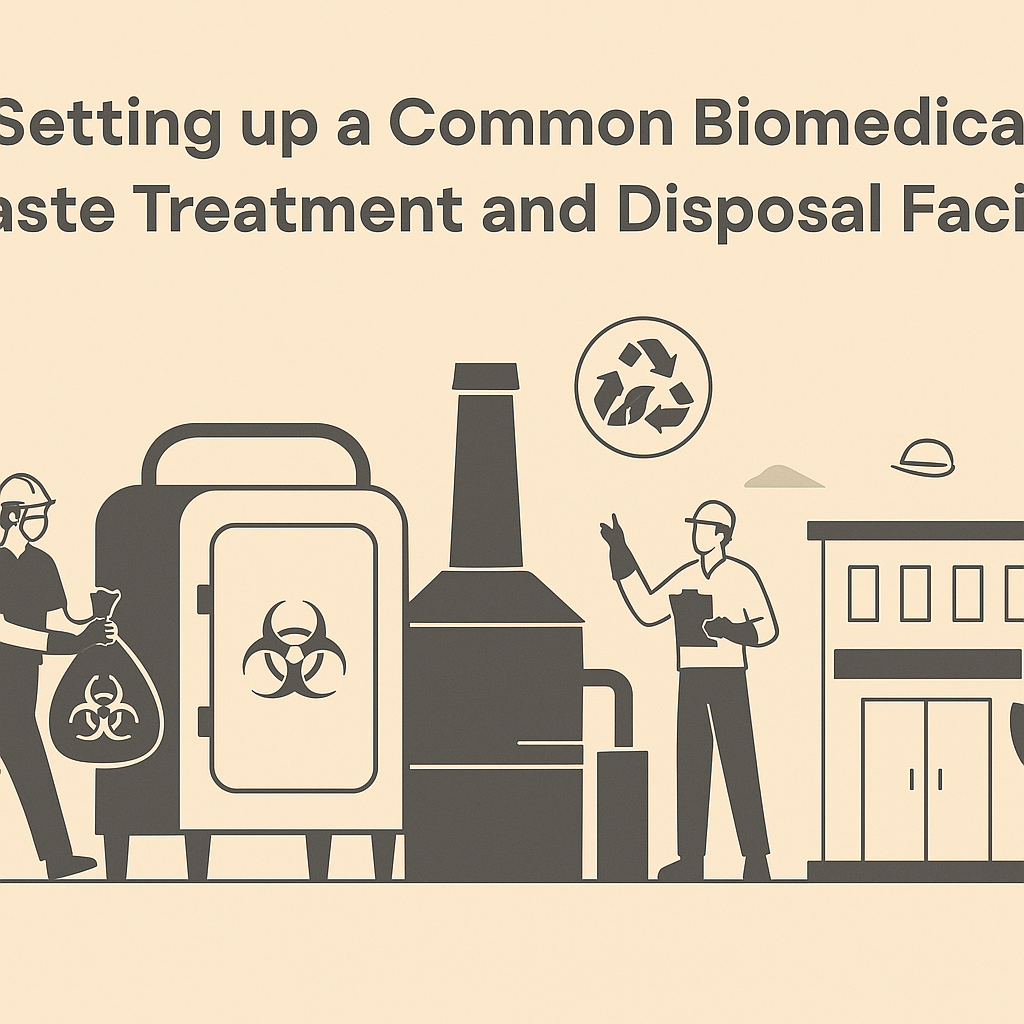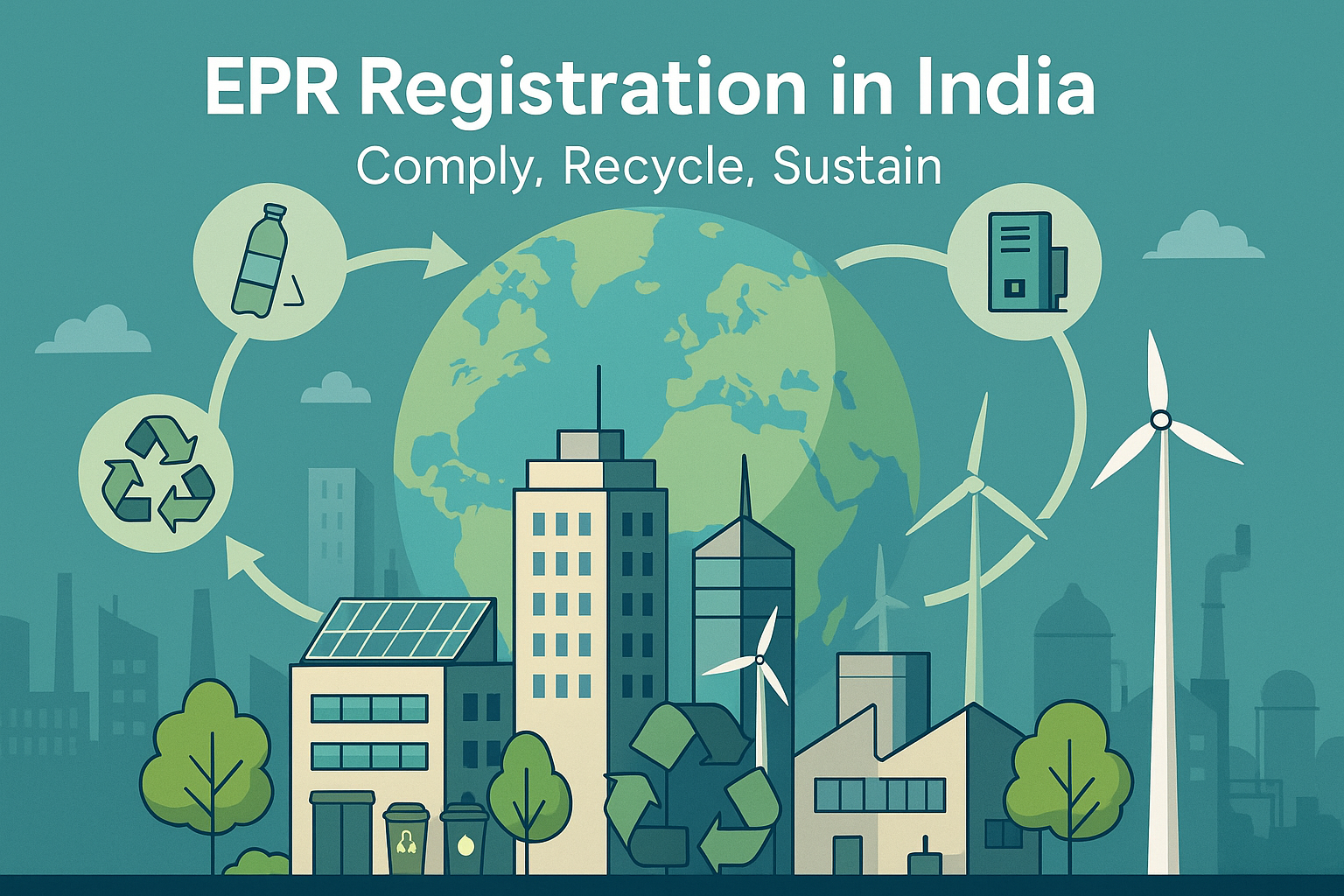
Setting up a Common Biomedical Waste Treatment and Disposal Facility (CBWTF) is a vital step in ensuring the safe, compliant, and sustainable handling of biomedical waste generated by hospitals, clinics, laboratories, and other healthcare units. These facilities are regulated by the Biomedical Waste Management Rules, 2016 and must operate under the guidelines set forth by the Central Pollution Control Board (CPCB) and State Pollution Control Boards (SPCBs).
A CBWTF is designed to cater to multiple healthcare establishments within a region, offering an integrated system for the collection, transportation, treatment, and final disposal of biomedical waste. The establishment of such a facility requires a detailed understanding of legal mandates, environmental clearances, and infrastructure standards.
The process of common biomedical waste treatment and disposal facility setup begins with identifying a suitable location that complies with zoning regulations and maintains a safe distance from residential and sensitive areas. The facility must have adequate space to accommodate waste segregation units, treatment equipment such as autoclaves or incinerators, and secure storage for processed and unprocessed waste.
Applicants must first prepare a detailed project report covering the technical design, capacity planning, waste handling procedures, and environmental safeguards. This report is submitted along with the application for Consent to Establish (CTE) from the State Pollution Control Board. The operator also needs to secure authorization under the Biomedical Waste Management Rules and may require environmental clearance depending on the scale of operations.
With digitization, many states now allow facility operators to apply online for various approvals. Through official government portals, applicants can complete the entire registration process, including submission of technical documents, layout plans, and pollution control strategies. The common biomedical waste treatment and disposal facility setup process also includes uploading MoUs with healthcare units, providing proof of land ownership or lease, and details about waste treatment technology.
Once the application is submitted, the SPCB evaluates the proposal, may conduct a site inspection, and verifies compliance with the waste handling standards. If all parameters are met, the Consent to Establish is granted, followed by the Consent to Operate upon successful commissioning of the facility.
Operational CBWTFs are required to follow strict environmental protocols. This includes maintaining digital records of waste collected, treated, and disposed of, conducting regular maintenance of treatment equipment, ensuring emission control, and submitting compliance reports periodically. Facilities must also provide GPS-enabled tracking of waste transport and maintain real-time data access for regulatory monitoring.
Failure to follow biomedical waste management rules can lead to penalties, closure of operations, and even criminal liability. Hence, adherence to all regulatory norms is not just mandatory but essential for long-term viability and public safety.
In conclusion, setting up a common biomedical waste treatment and disposal facility is a highly regulated process that plays a crucial role in public health and environmental protection. With proper planning, documentation, and digital compliance tools, operators can establish and manage a CBWTF efficiently. Partnering with expert consultants can further simplify the process and ensure that all legal, technical, and operational requirements are met from start to finish.
If you're planning to set up a CBWTF and need end-to-end assistance, Corpseed offers expert guidance on regulatory approvals, environmental compliance, and licensing support. Make your biomedical waste facility operational, compliant, and future-ready with our trusted advisory services.


Write a comment ...